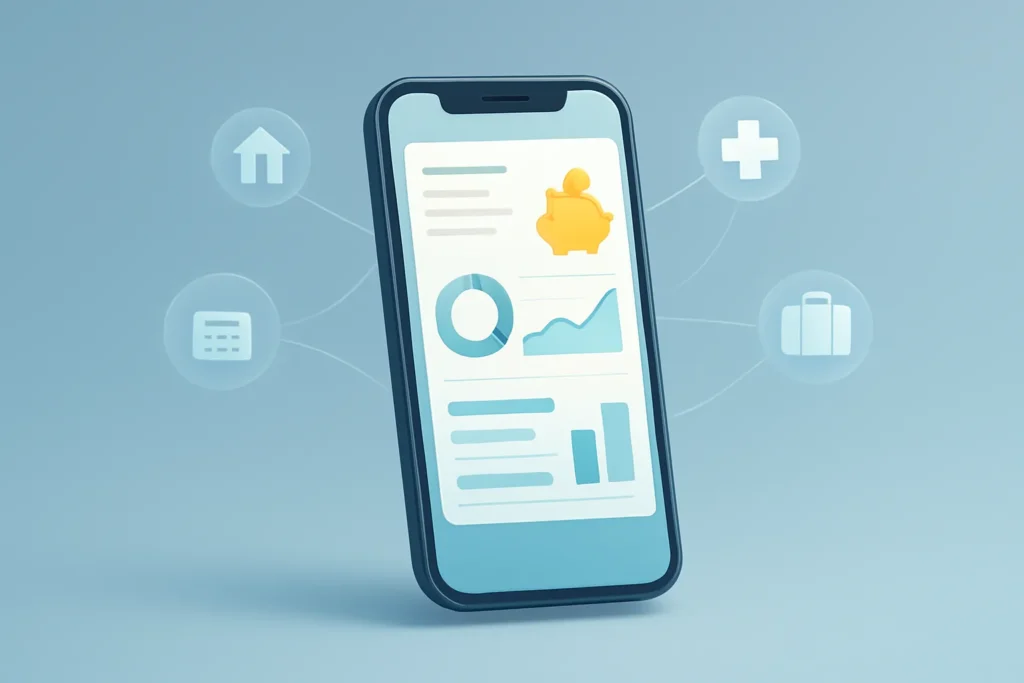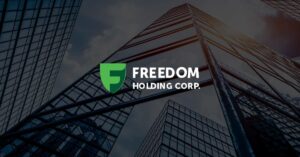Retirement finance management has never been more accessible, thanks to a range of innovative tools designed to simplify the process. This article explores essential resources that can help individuals effectively plan, track, and optimize their retirement savings. Drawing on insights from financial experts, we’ll examine how these tools can empower retirees and soon-to-be retirees to make informed decisions about their financial future.
- Personal Finance Dashboard Simplifies Retirement Management
- Comprehensive Budgeting Platforms Enhance Retirement Planning
- Expense Tracking App Maximizes Tax Savings
Personal Finance Dashboard Simplifies Retirement Management
I like to say, if your finances aren’t visible, they’re invisible—and invisible money rarely works in your favor.
A personal finance dashboard is a tool that I rely on heavily. This system combines all of my accounts, like retirement funds, checking accounts, and investments, into a single view, giving me a bird’s-eye view of all my finances at a glance. I can track my cash flow, upcoming bills, and investment performances at a glance, helping me make informed decisions without getting overwhelmed. This system not only keeps me organized but also provides peace of mind when I know I haven’t missed anything. Having a platform that is simple and reliable can make all the difference in keeping you organized and disciplined, especially if you are a retiree.
 Harold Wenger Jr.
Harold Wenger Jr.
Partner and Wealth Manager, Kingsview Partners
Comprehensive Budgeting Platforms Enhance Retirement Planning
One of the most effective tools I recommend for managing finances in retirement is a comprehensive budgeting and cash flow management platform, such as YNAB (You Need a Budget), Quicken Simplifi, or Mint. While these tools have slightly different approaches, the core principle is the same: they serve as a central hub where all your financial accounts — bank accounts, investment portfolios, credit cards, and even retirement income sources like Social Security or pension payments — are aggregated in one place, updated automatically, and analyzed in real time.
In retirement, you’re no longer focused on earning more through active income, but rather on preserving capital, generating sustainable income streams, and maintaining a predictable lifestyle. A tool like YNAB or Quicken becomes indispensable because it lets you plan spending with surgical precision. For example, you can set specific monthly “buckets” for categories like housing costs, medical expenses, discretionary spending, travel, and charitable giving. The tool enforces discipline — if you overspend in one category, you must consciously pull from another, which mirrors the mental guardrails a good financial planner would recommend.
The real strength of these tools is in cash flow visibility. In retirement, you often have multiple income streams: withdrawals from IRAs or 401(k)s, dividends from investments, Social Security benefits, and perhaps part-time consulting work. Without a consolidated view, it’s easy to lose track of how these streams align with your actual spending. A good financial management tool not only tracks this but also allows for forward-looking projections.
From an organizational standpoint, these platforms reduce cognitive load. Instead of juggling paper statements, spreadsheets, and mental notes, you have automated transaction categorization, color-coded progress bars for budgets, and monthly reports that tell you exactly where your money went.
Furthermore, these tools help with long-term sustainability planning. By linking with investment accounts, they allow you to compare actual withdrawals against your planned safe withdrawal rate, ensuring you’re not depleting assets too quickly.
The most underrated benefit is the peace of mind they provide. Knowing you have a single, accurate, and constantly updated picture of your financial life means you can spend more time enjoying retirement and less time worrying about whether you’ve overlooked a bill, exceeded your budget, or taken an unplanned dip into your savings.
 Loretta Kilday
Loretta Kilday
Debtcc Spokesperson, Debt Consolidation Care
Expense Tracking App Maximizes Tax Savings
I’m not retired yet, but I’ve seen what works for long-term financial organization. Hurdlr has been a game-changer for my own business finances and the clients I recommend it to.
What makes Hurdlr powerful is its simplicity — I can track every business expense and mileage directly from my phone while running between client meetings. Since I operate my accounting practice from home, I’m constantly deducting meals, mileage, internet, and portions of my house expenses. Hurdlr automatically categorizes these, and I never scramble for receipts.
The mileage tracking alone pays for itself — I write off every trip to meet clients, pick up supplies, or handle business errands. When you’re converting living expenses into legitimate business deductions, having everything automatically documented and organized is essential for both tax savings and audit protection.
 Courtney Epps
Courtney Epps
Owner, OTB Tax













